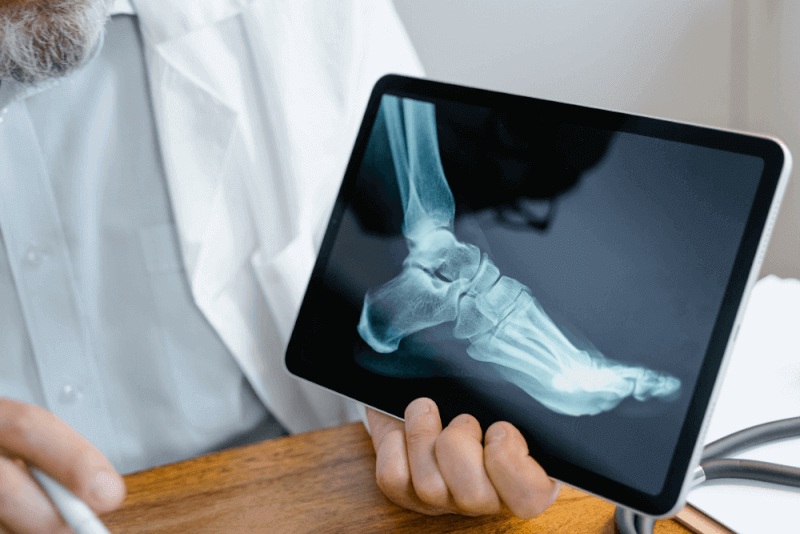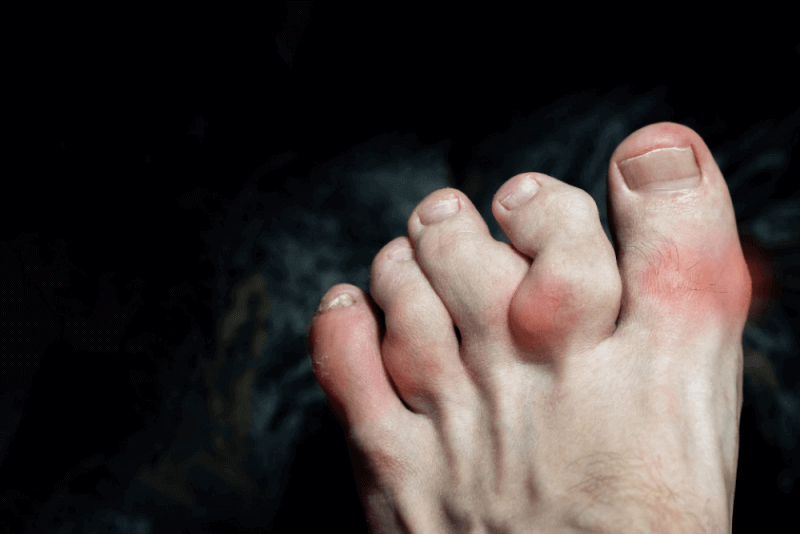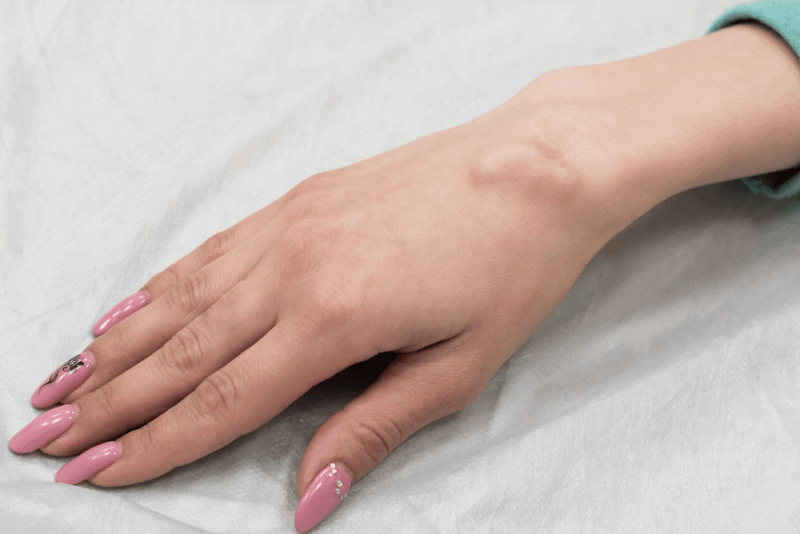30-Second Summary
- Melorheostosis occurs due to the growth of new bone tissue on the outer layers of the existing bone.
- Approximately half of those with melorheostosis experience symptoms before the age of 20.
- Symptoms typically affect only one arm or leg.
- The bones of people with melorheostosis become unusually thick and wide, which can restrict movement.
What is Melorheostosis?
Melorheostosis is a rare bone disease caused by the growth of new bone tissue on the outer layers of the existing bone. This extra growth causes the affected bone to become wider. While it usually affects the bones in the arms and legs, other bones can also be involved. The first symptoms of the disease are typically seen during childhood or adolescence.
Causes of Melorheostosis
In about half of the cases, a change in the MAP2K1 gene is observed. This gene produces a specific protein that controls how bone cells grow. This gene mutation occurs randomly and is not inherited from parents.
In the other half of melorheostosis cases, no MAP2K1 mutation is found, and experts are unsure of the cause in these situations.
Symptoms of Melorheostosis
Approximately half of the people with melorheostosis experience symptoms before the age of 20. Symptoms usually develop in childhood and may even appear in the first few days of life, becoming more severe over time.
Symptoms typically affect only one arm or leg. Less commonly, they can affect the pelvis, sternum, or ribs. Symptoms may include:
- Chronic pain
- Hardened or shiny skin
- Swelling in the limbs due to fluid accumulation
- Restricted mobility
- Muscle atrophy
- Unequal lengths of arms or legs
Diagnosis of Melorheostosis
Imaging methods are used to diagnose the disease. These methods include:
- Bone scan with a small dose of injected radioactive material
- X-rays to view bones and soft tissues
Genetic testing may also be recommended to identify the gene mutation responsible for the disease.
Treatment of Melorheostosis
There is no cure for melorheostosis, but there are treatments to improve quality of life and manage symptoms. These treatments include:
- Physical therapy to increase strength and mobility
- Occupational therapy to improve fine motor skills and assist with daily activities
- Prescription of nonsteroidal anti-inflammatory drugs (NSAIDs) to reduce pain or bisphosphonates to strengthen bones
- Surgical procedures to remove excess bone growth or reshape bones
How Melorheostosis Affects the Body
The new bone growth has a characteristic appearance on X-rays, often compared to dripping or flowing candle wax. The bones of people with melorheostosis become unusually thick and wide, which can limit movement. As the bone tissue grows, changes such as thickened or shiny skin may occur. Joint deformities or pain can also be present.








